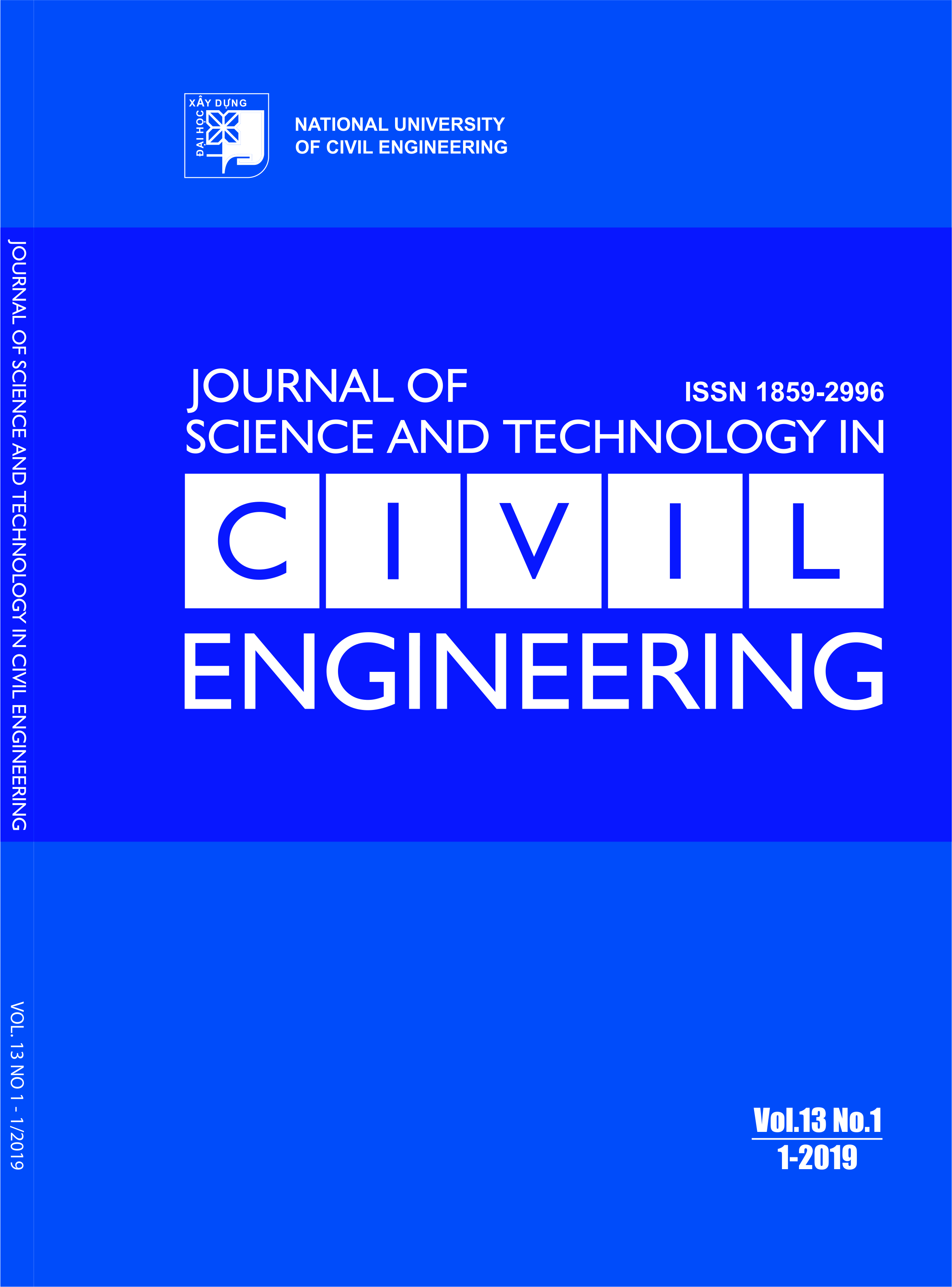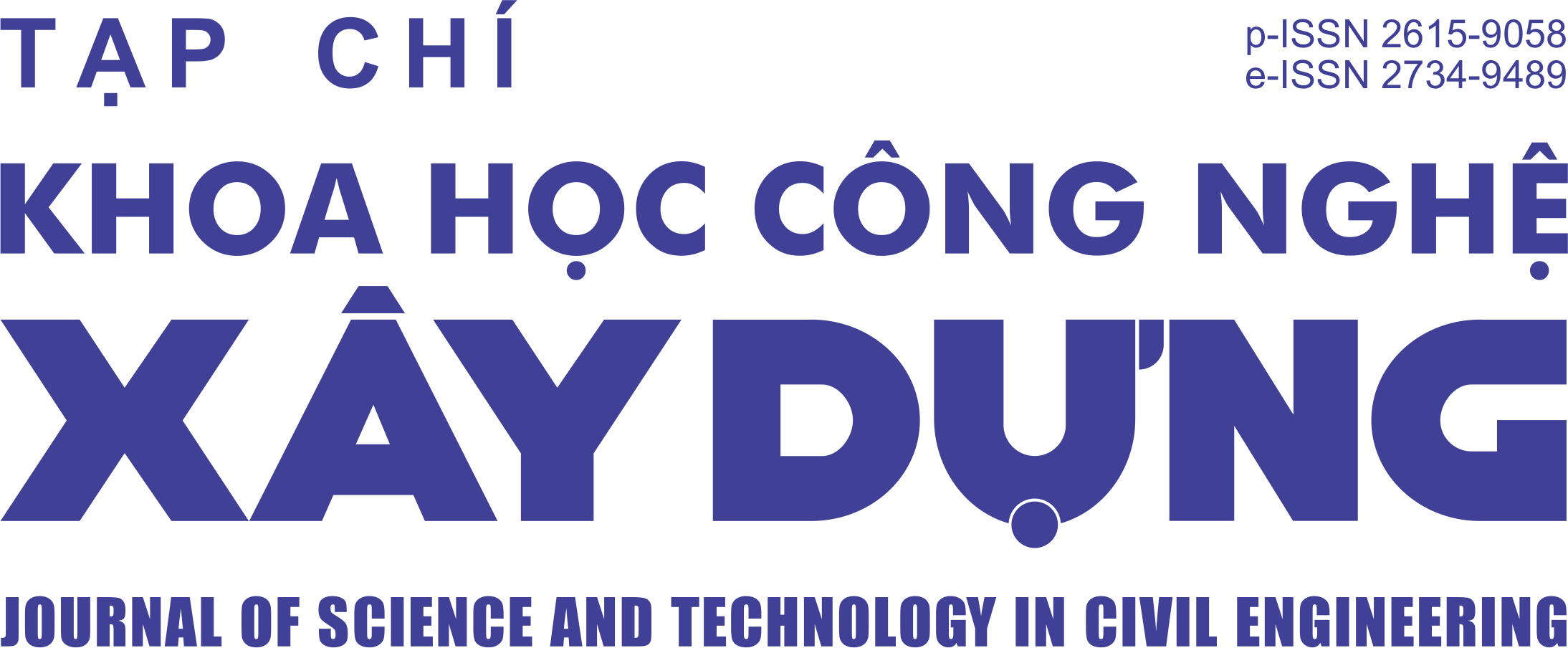Bending analysis of functionally graded beam with porosities resting on elastic foundation based on neutral surface position
Abstract
In this paper, the Timoshenko beam theory is developed for bending analysis of functionally graded beams having porosities. Material properties are assumed to vary through the height of the beam according to a power law. Due to unsymmetrical material variation along the height of functionally graded beam, the neutral surface concept is proposed to remove the stretching and bending coupling effect to obtain an analytical solution. The equilibrium equations are derived using the principle of minimum total potential energy and the physical neutral surface concept. Navier-type analytical solution is obtained for functionally graded beam subjected to transverse load for simply supported boundary conditions. The accuracy of the present solutions is verified by comparing the obtained results with the existing solutions. The influences of material parameters (porosity distributions, porosity coefficient, and power-law index), span-to-depth ratio and foundation parameter are investigated through numerical results.
Keywords: functionally graded beam; bending analysis; porosity; elastic foundation; bending; neutral surface.
Received 10 December 2018, Revised 28 December 2018, Accepted 24 January 2019
Downloads
Copyright (c) 2019 National University of Civil Engineering

This work is licensed under a Creative Commons Attribution-NonCommercial-NoDerivatives 4.0 International License.
1. The Author assigns all copyright in and to the article (the Work) to the Journal of Science and Technology in Civil Engineering (JSTCE) – Hanoi University of Civil Engineering (HUCE), including the right to publish, republish, transmit, sell and distribute the Work in whole or in part in electronic and print editions of the Journal, in all media of expression now known or later developed.
2. By this assignment of copyright to the JSTCE, reproduction, posting, transmission, distribution or other use of the Work in whole or in part in any medium by the Author requires a full citation to the Journal, suitable in form and content as follows: title of article, authors’ names, journal title, volume, issue, year, copyright owner as specified in the Journal, DOI number. Links to the final article published on the website of the Journal are encouraged.
3. The Author and the company/employer agree that any and all copies of the final published version of the Work or any part thereof distributed or posted by them in print or electronic format as permitted herein will include the notice of copyright as stipulated in the Journal and a full citation to the Journal as published on the website.







